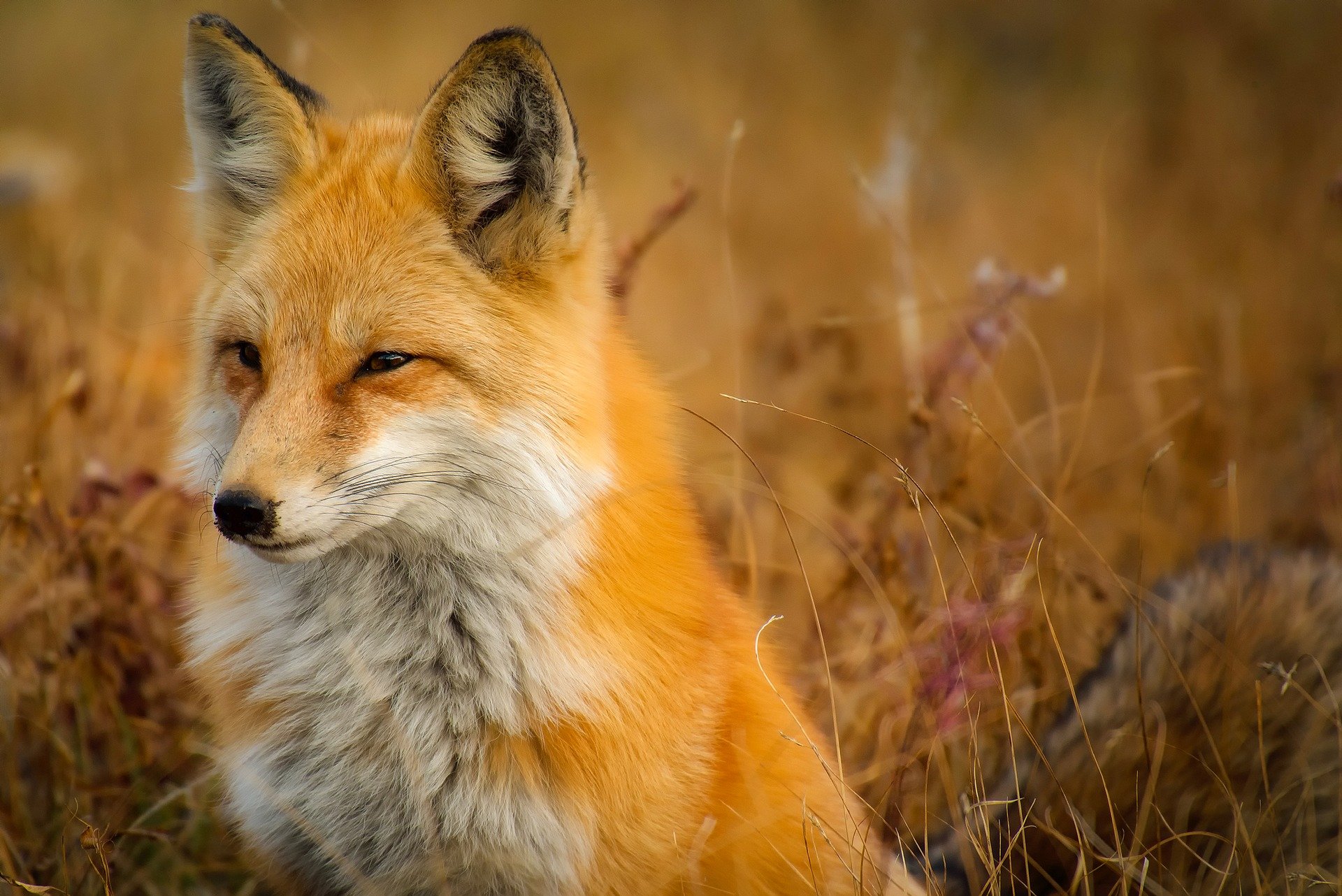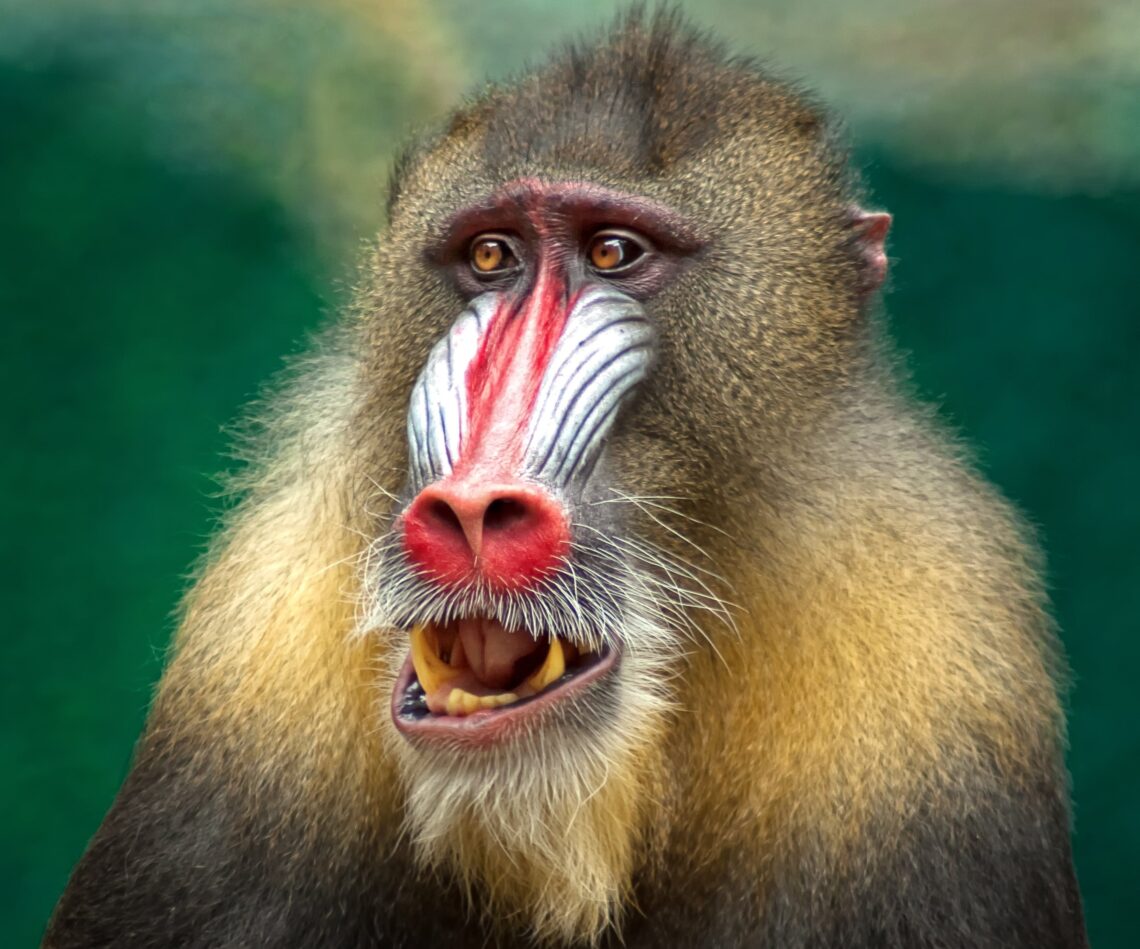Wild animals are classified into various groups based on their characteristics, such as their physical attributes, behaviours, and habitats. These classification systems help scientists and researchers understand the animal kingdom’s diversity and how different species are related.
One way that wild animals are classified is by their type of habitat. For example, animals that live in the ocean are classified as marine animals, while those that live on land are classified as terrestrial animals. Within these broad categories, there are many subcategories based on specific habitats, such as deserts, forests, grasslands, or wetlands.
Wild animals can be classified by their type of habitat, which refers to the physical environment in which they live. Some examples of different habitats include marine settings (such as the ocean), terrestrial environments (such as forests, grasslands, and deserts), and freshwater environments (such as rivers, lakes, and wetlands).
Within these broad categories of habitats, there are many subcategories based on specific characteristics of the environment, such as the type of vegetation, climate, and elevation. For example, a forest habitat might include a temperate, tropical, or coniferous rainforest. In contrast, a desert habitat might consist of a hot and dry desert or a cold and dry desert.
Another way that wild animals are classified is by their diet. Carnivores eat primarily meat, herbivores eat primarily plants, and Omnivores eat both plants and animals.
Wild animals are also classified based on physical characteristics, such as body shape, size, and features. For example, mammals are characterized by their warm bloodlessness, mammary glands, and hair or fur. Birds are a group of animals characterized by their feathers, wings, and beak, and Reptiles are characterized by their scaly skin and ability to lay eggs. This type of classification is known as taxonomy, and it helps scientists and researchers understand the relationships between different species and how they evolved from common ancestors.
Birds are characterized by their feathers, wings, and beak, while reptiles are characterized by their scaly skin and ability to lay eggs.
Other physical characteristics that classify animals include the presence or absence of particular body parts or features.
By understanding the habitat preferences of different species, scientists and researchers can better understand the distribution and behaviour of wild animals and how they interact with their environments. This knowledge is vital for conservation efforts, as it helps us identify and protect critical habitat areas vital for many species’ survival.
Herbivores primarily eat plants and may graze on grasses, leaves, fruits, or other plant material. Examples of herbivorous animals include deer, rabbits, and cows.
Omnivores eat both plants and animals, and they may consume a wide range of food items depending on what is available in their environment. Examples of omnivorous animals include bears, pigs, and humans.

At the same time, carnivores can help regulate other animal populations by preying on them. Understanding different species’ diets and feeding habits can also allow us to know how they interact with their environment and each other.
Classifying animals in this way allows us to understand better the ecological roles that different species play in their ecosystems, how they have adapted to their environments and the relationships between other species. This knowledge is vital for conservation efforts, as it helps us identify and protect critical habitat areas and understand how species interact with each other and their environment.
Conclusion
There are many ways to classify wild animals. Here are five potential ways to organize wild animals:
- By habitat: Wild animals can be classified according to the type of habitat in which they live, such as terrestrial (land-dwelling), aquatic (water-dwelling), or aerial (air-dwelling).
- By taxonomic classification: Wild animals can also be classified according to their scientific type, which groups them based on shared characteristics and evolutionary relationships. This classification system includes kingdoms, phyla, classes, orders, families, genera, and species.
- By diet: Wild animals can be classified according to their primary source of nourishment, such as carnivores (meat-eaters), herbivores (plant-eaters), omnivores (both plant and meat-eaters), or scavengers (animals that feed on the remains of other animals).
- By behaviour: Wild animals can be classified according to their typical behaviours, such as social animals (animals that live in groups), solitary animals (animals that live alone), or migratory animals (animals that move from one place to another regularly).
- By size: Wild animals can also be classified according to their measures, such as small animals (e.g. rodents), medium-sized animals (e.g. deer), or large animals (e.g. elephants).





